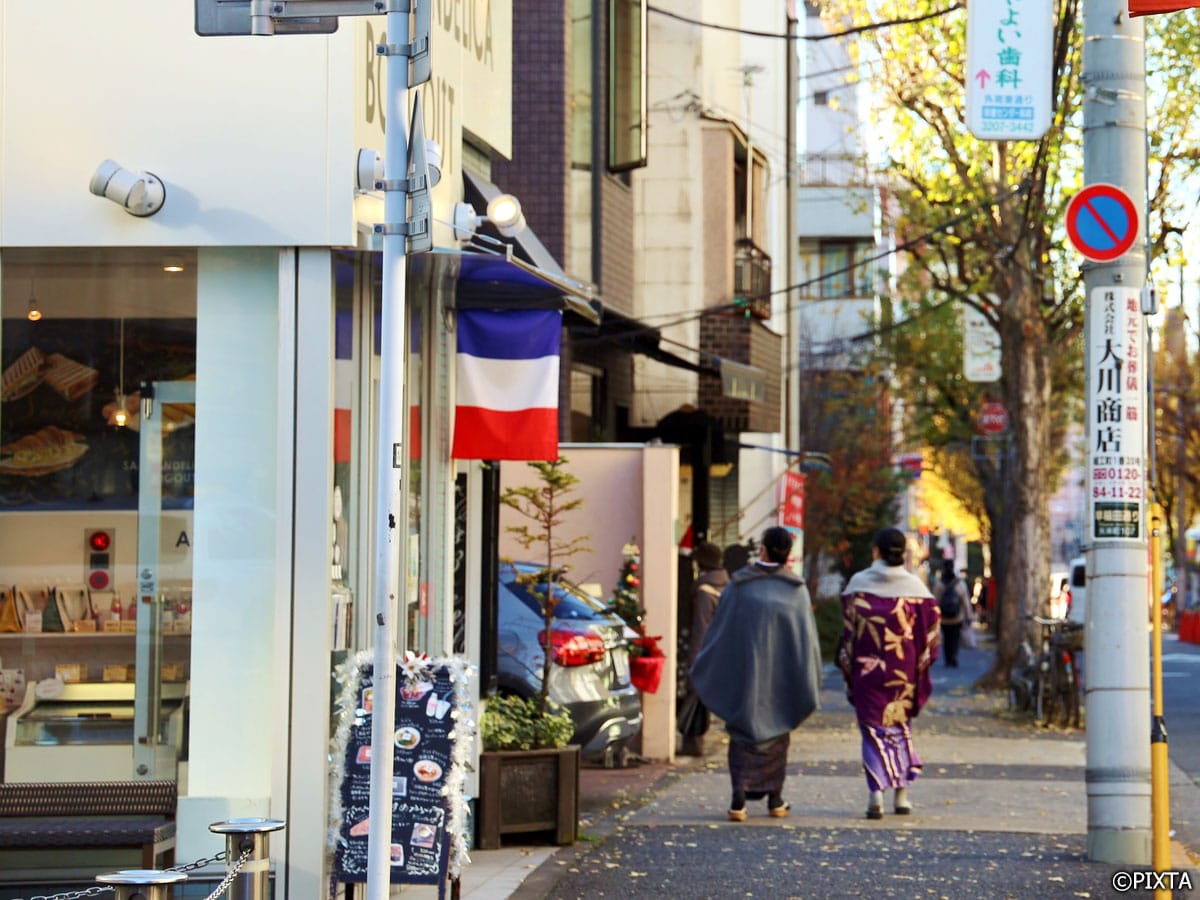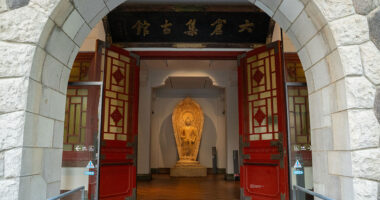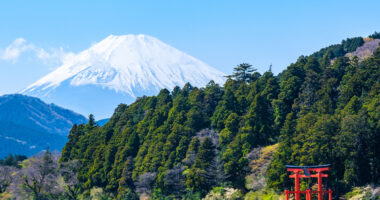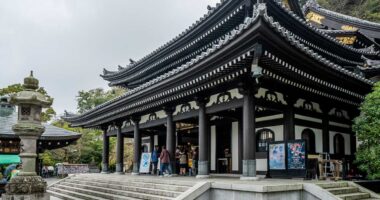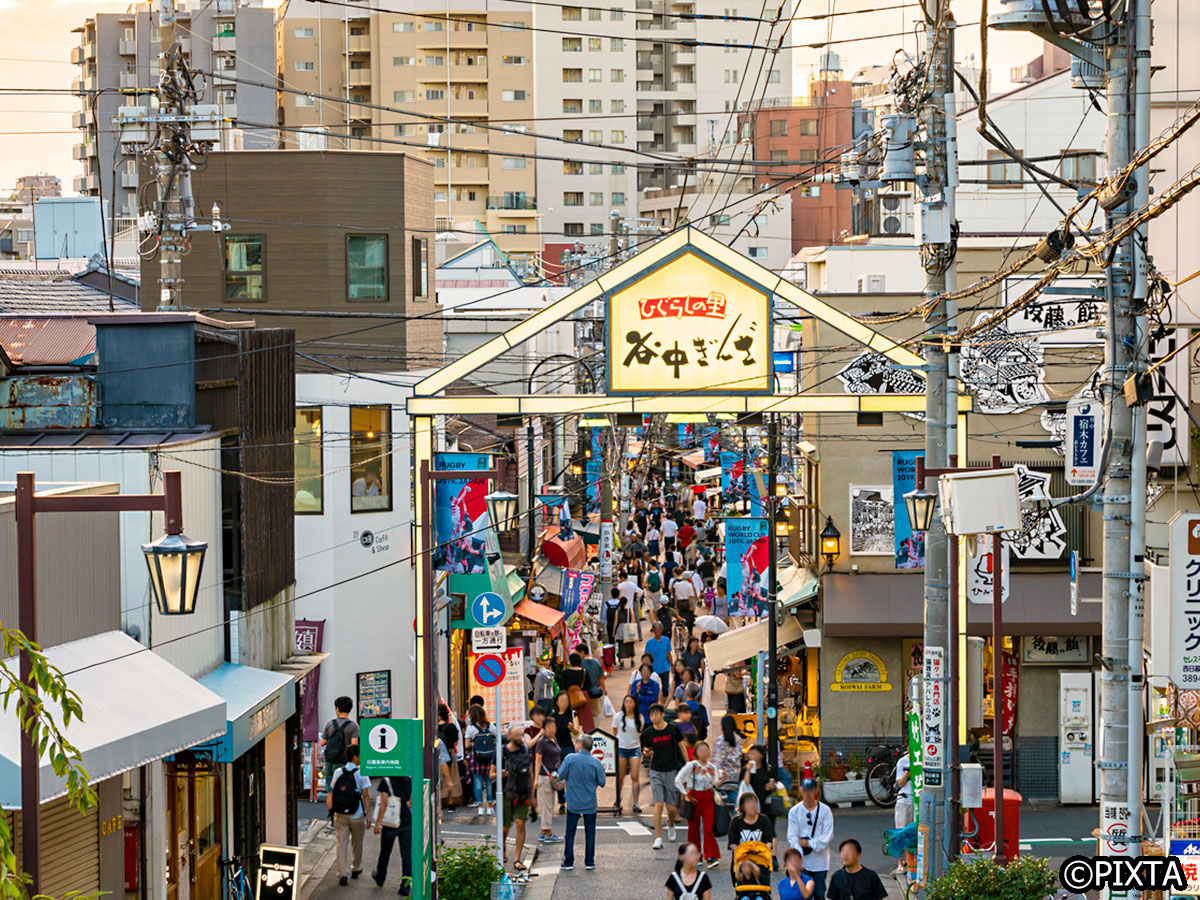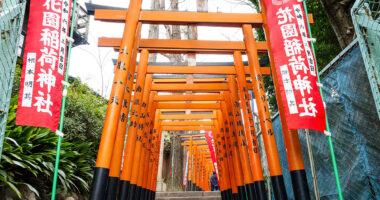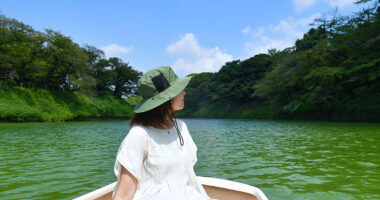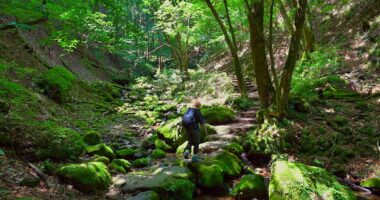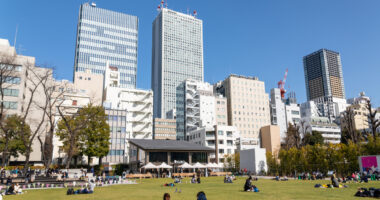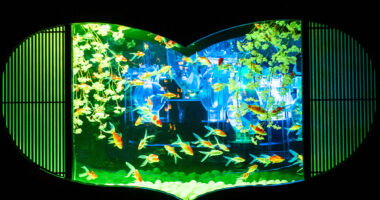Onsen towns and onsen eggs: a natural pairing
Japan’s onsen (hot spring) towns are renowned for their therapeutic waters, drawing visitors in search of rest and renewal. But beyond the baths, many of these destinations have developed culinary traditions that make use of the springs’ natural heat. One standout is the humble onsen egg. Traditionally, this refers to eggs slow-poached in water heated by geothermal energy to about 65–70 °C, creating a custard-like white and a creamy yolk. In some regions, such as Hakone’s volcanic Ōwakudani, the eggs are hard-boiled in mineral-rich water, producing a distinct texture and flavor. This article explores the diverse world of these onsen-cooked eggs found across Japan’s hot spring towns.
Related article
Curious about how onsen eggs are made and why they’re so beloved in Japan? Find out at: “What Is an Onsen Egg? Japan’s Unique Hot Spring-Cooked Delight“
Beppu, Oita
What makes Beppu special
Beppu is known for its extraordinary variety of hot springs, each with its own temperature and mineral profile. This geothermal richness isn’t just for bathing; it is also harnessed to cook onsen eggs, which can take on subtle differences in texture and flavor depending on how they’re prepared. You’ll find onsen eggs in local Beppu specialties like jigoku-mushi (literally “hell-steamed”) cuisine, where dishes are steamed using the heat of the spring.
Beppu’s onsen egg tradition
In Beppu, cooking with onsen water is a centuries-old tradition. Locals have long relied on the springs not just for bathing, but as a practical part of everyday life
Kusatsu, Gunma
What makes Kusatsu special
Kusatsu Onsen ranks among Japan’s most iconic hot spring resorts, known for its highly acidic waters. While this acidity can make cooking a challenge, the town has developed a way to produce onsen eggs with a pleasantly firm texture. Kusatsu’s famous yubatake (hot water field)—a network of wooden troughs that channel and cool steaming water—is both a functional source of hot spring water and popular sightseeing spot.
Kusatsu’s onsen egg tradition
Eggs cooked in Kusatsu’s hot springs have long been enjoyed by locals and travelers alike, becoming a small but memorable part of the town’s broader bathing culture.
Hakone, Kanagawa
What makes Hakone special
Tucked into the mountains west of Tokyo, Hakone boasts panoramic views of Mount Fuji and a wide range of hot spring resorts. Its most iconic onsen eggs come from Ōwakudani, a volcanic valley where eggs are immersed in sulfur-rich spring water. The result is a distinctive egg with a blackened shell and a faint sulfuric aroma.
Hakone’s onsen egg tradition
Eating the “black eggs” of Owakudani has become a signature experience in Hakone, tied to the belief that one egg can add seven years to your life.
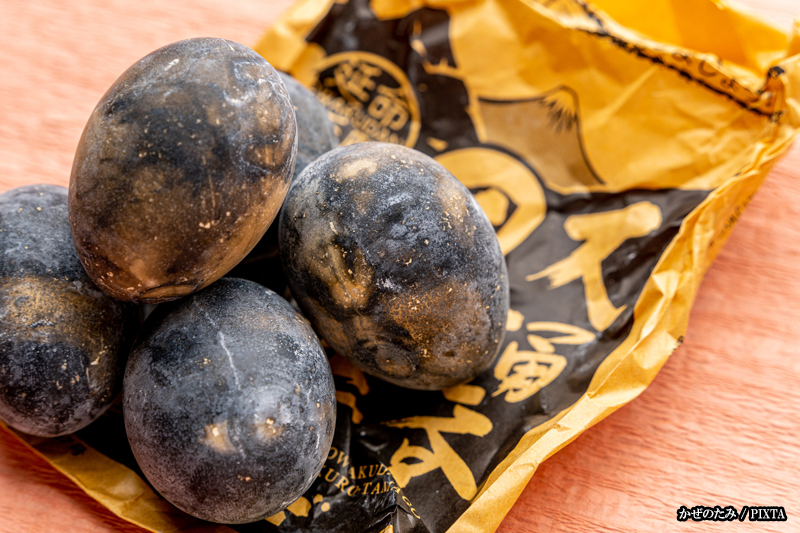
Photo for illustrative purposes
Kinosaki, Hyogo
What makes Kinosaki special
Kinosaki Onsen is a charming hot spring town known for its traditional atmosphere and seven public bathhouses. Onsen eggs here are often enjoyed as a simple snack while strolling through the town’s scenic streets. They are gently cooked in hot spring water, with a particular emphasis on the quality of Kinosaki’s local eggs.
Kinosaki’s onsen egg tradition
In Kinosaki, onsen eggs are a casual treat that pairs perfectly with the town’s relaxed rhythm, often savored by yukata-clad visitors as they hop between bathhouses.
Ibusuki, Kagoshima
What makes Ibusuki special
Ibusuki is known for its unique sunamushi onsen (hot sand baths), where visitors are buried in sand that is naturally heated by hot spring waters below. While the sand baths are the main attraction, the town also makes use of its hot springs to cook onsen eggs. These eggs are often served alongside local ingredients, complementing the flavors of Kagoshima’s regional cuisine.
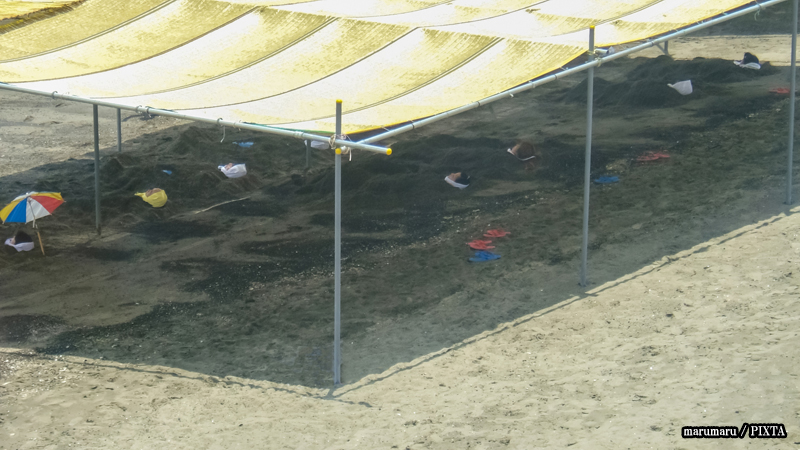
Photo for illustrative purposes
Related article
Want to explore more hot springs in Kyushu? Check out our full guide: “Kyushu’s Hot Springs: Best Onsen Areas by Region.” Discover the top onsen destinations across the island, from volcanic mountain retreats to scenic coastal baths.
Ibusuki’s onsen egg tradition
Ibusuki’s onsen egg tradition highlights how the town uses their geothermal energy in practical, innovative ways.
General tips for finding onsen eggs
If you’re looking to try onsen eggs during your travels, there are a few common places to look in hot spring towns:
- Ryokan (traditional inns): Many ryokan serve onsen eggs as part of their breakfast or offer them as a snack.
- Roadside stations: Called michi-no-eki in Japanese, roadside stations in onsen towns often sell locally produced onsen eggs.
- Public foot baths: In some towns, shops near foot baths sell eggs cooked in nearby springs.
Exploring Japan’s onsen towns offers more than just a soothing soak—it’s also a chance to enjoy a culinary tradition shaped by the land itself.
Closing thoughts
If you’re traveling through Japan’s top onsen towns, trying a freshly cooked onsen egg is a must. From the volcanic black eggs of Hakone to the jigoku-mushi delights of Beppu, each region brings its own flavor and tradition to this beloved delicacy. Onsen eggs aren’t just delicious—they’re a true taste of Japan’s hot spring culture. Whether you enjoy them at a ryokan breakfast or while strolling through a scenic bathhouse town, they’re a small but unforgettable part of the Japanese travel experience.




